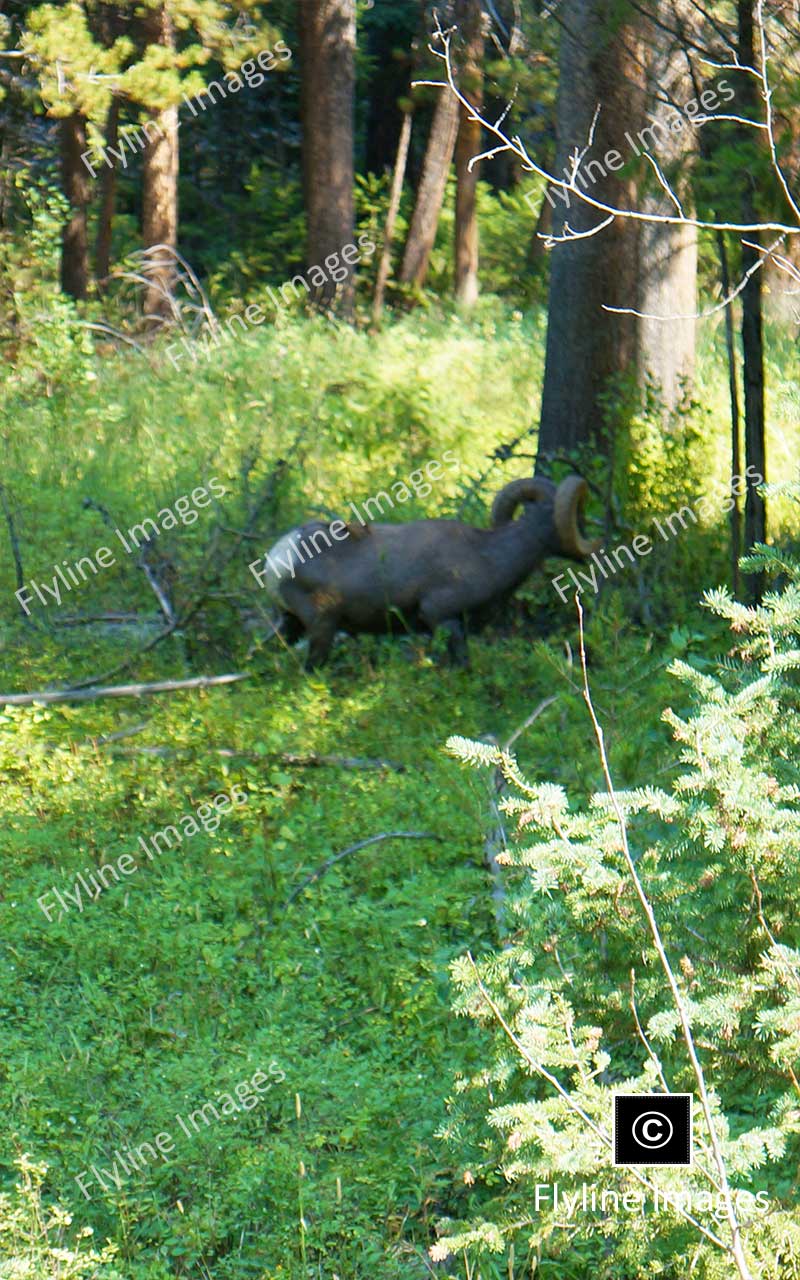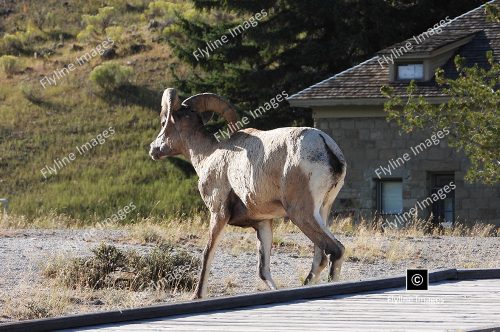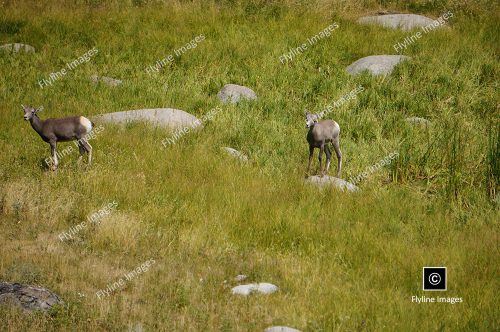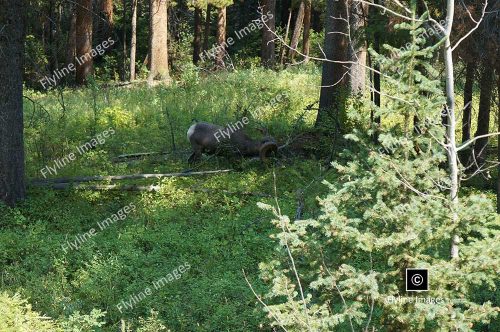Yellowstone National Park is home to a unique population of bighorn sheep, distinct from those found in other parts of the United States. These majestic animals are well-adapted to the rugged terrain and harsh climate of the park.
Bighorn Sheep 3200 V
$5.00
Description
Yellowstone National Park is home to a unique population of bighorn sheep, distinct from those found in other parts of the United States. These majestic animals are well-adapted to the rugged terrain and harsh climate of the park.
Image & Download Information
When you purchase this photo, you will be granted access to download the image. We have provided 1 image option, Large 1400 x 500.
MORE ABOUT THIS PHOTO
Yellowstone National Park is home to a unique population of bighorn sheep, distinct from those found in other parts of the United States. These majestic animals are well-adapted to the rugged terrain and harsh climate of the park. One of the key differences between Yellowstone’s bighorn sheep and their counterparts elsewhere is their habitat preference. In Yellowstone, they inhabit rocky slopes and cliffs, often at elevations exceeding 10,000 feet, which provides protection from predators. Additionally, the genetic makeup of Yellowstone’s bighorn sheep has adapted to the park’s specific environmental conditions, contributing to differences in size and horn development compared to populations in areas like the Rocky Mountains or desert regions. Their thick coats and developed hooves equip them perfectly for navigating Yellowstone’s challenging landscapes, showcasing the dynamic adaptability of wildlife to America’s diverse ecosystems.
Other notable characteristics of Yellowstone’s bighorn sheep include their social structure and behavior. These animals typically live in small groups, known as bands, consisting of one male, multiple females, and their offspring. During the breeding season, known as the rut, males will compete for dominance by engaging in head-butting contests to establish their status within the band. This fascinating behavior can often be observed by visitors to the park during this time of year.
In addition to their impressive physical adaptations and social behaviors, bighorn sheep also play a vital role in maintaining the delicate balance of Yellowstone’s ecosystem. As herbivores, they help control plant growth through grazing and browsing, preventing overpopulation of certain plant species and promoting biodiversity. They also serve as prey for predators such as wolves and bears, contributing to the complex food web within the park.
The presence of bighorn sheep in Yellowstone is not only important for the ecosystem but also adds to the overall visitor experience. These iconic animals can often be spotted along scenic drives or hiking trails, providing an up-close view of their natural behaviors and stunning appearance. However, it’s crucial for visitors to maintain a safe distance from these wild animals and respect their habitat to ensure their continued presence in the park for generations to come.
The bighorn sheep have been an important part of the ecosystem in this region for thousands of years. They play a crucial role in maintaining the balance of plant and animal life in the canyons. As herbivores, they help control the vegetation growth, preventing any one species from dominating and allowing a diverse range of plants to thrive. This, in turn, supports other animals that depend on these plants for food or shelter.
However, despite their adaptability and resilience, bighorn sheep face numerous challenges in today’s world. Habitat loss due to human development, competition with livestock for resources, and diseases introduced by domesticated animals are some of the threats they face. Additionally, climate change has also affected the bighorn sheep’s habitat, altering plant growth patterns and water availability.
To protect these majestic creatures and ensure their survival, conservation efforts are crucial. This includes preserving their habitat, managing grazing practices in the area, and closely monitoring their health. Organizations such as the National Park Service and state wildlife agencies work tirelessly to protect and manage bighorn sheep populations. They also conduct research to better understand the species’ behavior and needs.






